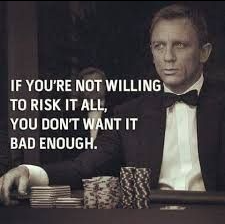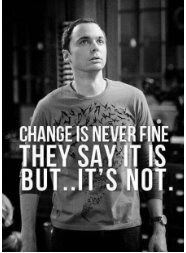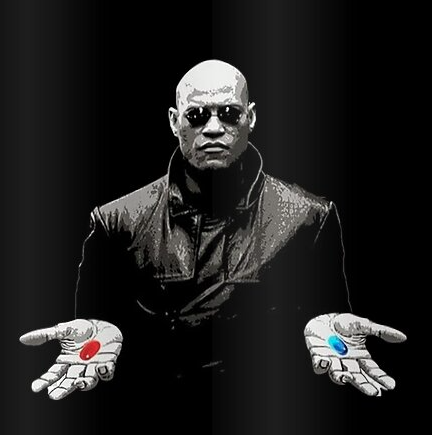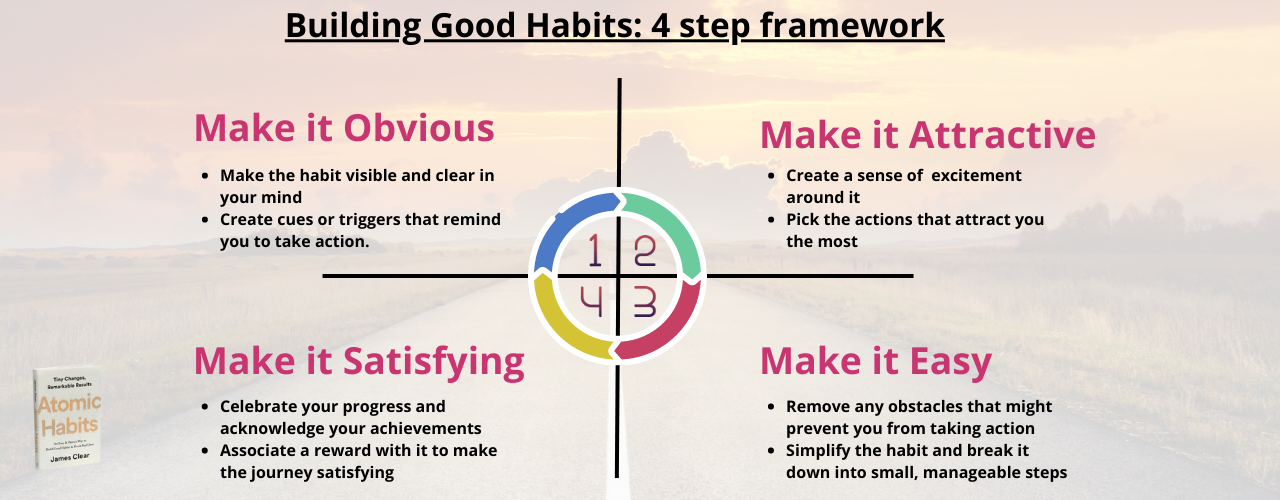Why are some of us more comfortable in the face of change than others?
Have you ever noticed how some people seem to thrive on change, while others dread it? Our mindset has a lot to do with it. In my experience, I have come across three categories of people when it comes to change.
Optimistic:
These are people who see change as an opportunity for growth and development. They are probably pretty optimistic and forward-thinking and might even enjoy a challenge and actively seek out ways to learn and grow.

Conscious:
Then are those, like many of my very close friends, for whom change can feel really scary and overwhelming. Their instinct is to stick with what they know and avoid taking risks. For them, change can be a real threat to their sense of stability and security.

FOMOs:
And then there is the third kind, like me, who is a bit of both. For us, change is scary and gives us the jitters, but we still love the challenge and the adrenaline rush that comes with it which is why we try too hard to find a sweet spot, and in the end, we find ourselves wondering, what if we would have chosen differently? It feels like choosing between taking a Red pill or the Blue pill (remember Matrix?)

So, which type of person are you? And which would you like to be?
The Science of Change
Changing habits and behaviours can be challenging, but it is possible with the right approach. The science of change is based on the understanding of how our brains work and how we can use this knowledge to make lasting changes.
In his book, Atomic Habits, James Clear suggests that we must focus on making small, incremental improvements in our habits, rather than trying to make radical changes all at once. This is because small habits are easier to implement and sustain over time. He talks about a simple four-step framework that we can use for building good habits and do the opposite for breaking bad ones:

The science of evolution also tells us that our natural instinct is to defend ourselves from change and preserve the status quo, but some of us are able to push past this initial resistance and pursue our goals with optimism and belief. Others prioritize the comfort of the present over the effort required for something new. This paradox highlights how our instinct for self-preservation can sometimes hold us back from positive growth and change. In his book, Thrive in the Future of Work, Kevin Empey explains, how our deep-rooted feelings and dispositions affect our mindset and our daily actions.
The good news is that whatever our current mindset, studies show that our attitudes toward change are not fixed and can be changed with practice and self-awareness. With the right mindset, anyone can learn to be more adaptable and embrace change as an opportunity for growth. This is where Personal Agility comes into play.
What does Personal Agility mean in practice?
Personal Agility refers to the ability of an individual to adapt to changing circumstances and to navigate complex and uncertain environments with ease & dexterity. It is a skill that is increasingly valued in today’s fast-paced and dynamic world, where individuals are required to continually adapt to new challenges and opportunities.
The concept of personal agility draws on several different fields of study, including psychology, sociology, and business management. At its core, personal agility is about developing a mindset and skillset that allows individuals to navigate through uncertain times and emerge stronger.
So where to start?
With this in mind, the next question is how can we develop Personal Agility? Well, developing Personal Agility is a process that involves adopting an Agile Mindset and Skillset (areas covered in more detail in WorkMatters’ Personal Agility course). We can start by adopting the three key behaviours: Self-awareness, Adaptability, and Resilience. This includes understanding one’s own strengths, weaknesses, values, beliefs, and goals, being open to new ideas and perspectives and adopting a growth mindset to help us to bounce back from setbacks and learn from mistakes.
Easier said than done, isn’t it? Well yes, and this leads us back to the first part of this article – It is all about learning to handle change.
In order to be comfortable in handling change, we need to be more aware of our own mindset so we can use it to assist us in this process. Here is a simple three-step process (FOCUS, ACT, & REPEAT) that has helped me countless times.
Step 1: Focus: Create Urgency / Desire
When faced with a change, a stress response is triggered in our brain, causing that initial focus, alertness, and discomfort. To overcome this and embrace the change, we need to create urgency and a desire for change. Once we have that desire and are emotionally invested, the adrenaline (acetylcholine) released in our body triggers our neuroplasticity and ensures we stay focused on what we seek.
Let us take Artificial Intelligence as an example. AI is rapidly changing our work landscape and sometimes it is associated with the fear of making our jobs redundant, but if we adopt an Agile/growth mindset, we will be able to see the learning opportunities it brings to us. Learning relevant AI tools will not only take out the manual effort from our work but also will open amazing new career opportunities.
Step 2: Act: Convert Desire into Action
This is such an important step. Just desire or will to change is not enough. We need to start taking action toward the change. Remember what James Clear said – start small. Break your big goal into smaller achievable targets. Once we start achieving these small goals, our body’s natural source of reward (dopamine) is triggered giving us the internal energy and encouragement to continue forward.
Continuing our previous example, signing up for an AI crash course alone is not enough. We need to take action and set achievable weekly goals. Also associating these goals with the feeling of progress toward our future career will keep us motivated.
Step 3: Repeat: Build the muscle
Now what we need to understand is that change will not happen overnight. It is like developing a muscle – we need to keep at it. Once we overcome the initial discomfort by creating a desire and converting the desire into action, then all we need to do is repeat this process over and over – learning as we go. Soon we will be able to see how our mind helps us through this process of change.
In our case, learning an AI tool will never be a once-off process. We need to stick to it to keep ourselves updated with the new tools and technologies being released. For sure we will encounter some challenges but It’s important to realize that setbacks are normal and temporary, and we can always resume from where we left off at a later stage. Going back to Step 1 again, we can motivate ourselves to overcome these challenges and continue our learning journey.
In summary, we all have our different ways of handling change and some of us find it more difficult than others. However, change can be made a bit more manageable by taking deliberate steps to use our natural responses to our advantage. With this fast pace of change happening all around us, I believe it is about time that we start putting deliberate efforts into understanding our own mindset so we can use it to make ourselves feel more comfortable in the face of change.
Does this resonate with you? Please let us know in the comments. For more interesting actionable nuggets do Follow us on LinkedIn.
Author:
DJ (Dhananjaya Sharma), Product Manager, WorkMatters








